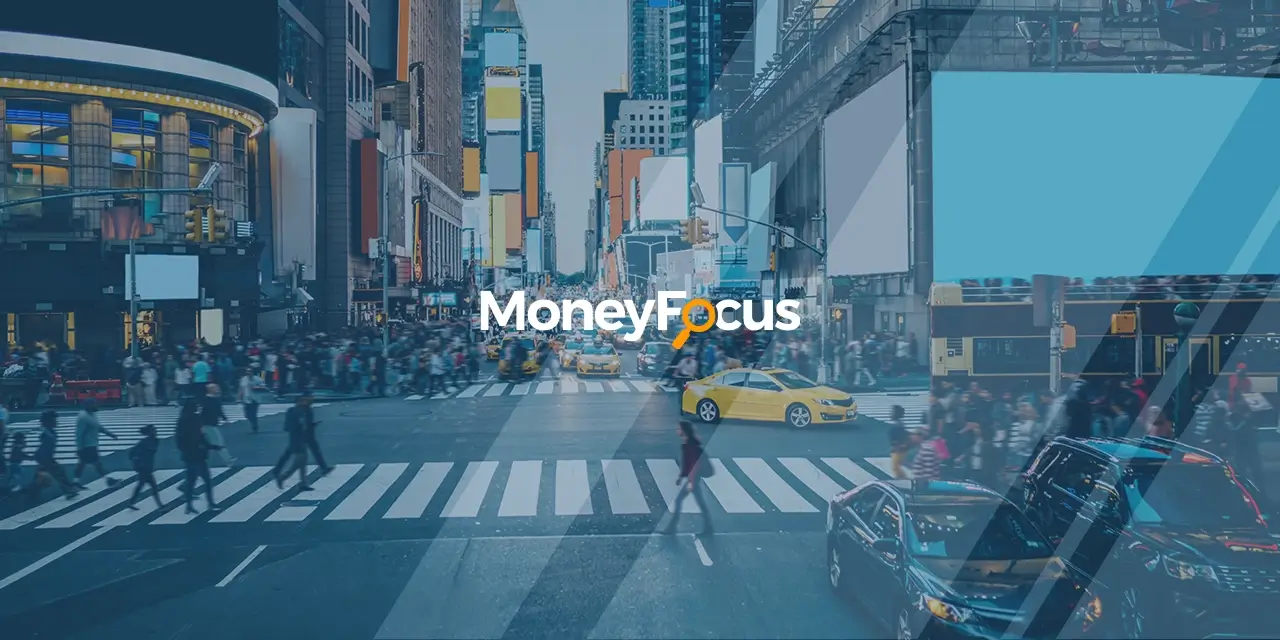By Ambrose O’Callaghan
Cash Flow in Retirement: Why Covered Call ETFs Should Be Considered
It is no secret that Canada is wrestling with an aging population. Indeed, new data from Statistics Canada indicates that it is likely that more Canadians will be leaving the workforce than entering it over the next few decades. This will occur as the nation’s senior population continues to climb to new heights.
These trends will bring an avalanche of retirees in Canada in the years ahead. Back in November 2023, a Deloitte Canada research piece stated that nearly three million households were set to retire over the next decade. It went on to state that current retirement planning systems are not equipped to handle this weight.
Canadians in the current environment have also had to contend with the rapid decline of defined-benefit pension plans (DBP). These plans have suffered an especially sharp decline in the private sector. That means that many Canadian investors will have their financial and retirement future entirely in their own hands. While the control of your own destiny may be daunting, it also comes with opportunities. Canadian investors who are hungry for cashflow may want to consider some of the offerings at Harvest ETFs today.
How much cash do Canadian need in retirement?
According to a February 2022 study from the Bank of Montreal, the average amount held in a Registered Retirement Savings Plan (RRSP) nationally is $141,923. That was up 26% from $112,295 in 2020. The study also found that among the 60% of Canadians with an RRSP, on average respondents planned on contributing $6,822 to their account – up 47% compared to 2020.
Conventional wisdom in financial planning suggests that retirees should plan to take home 70% of their current income in retirement. Meanwhile, without the costs associated with working that include commuting, it is possible that you will also incur reduced expenses. In the present day, many financial planners will recommend that Canadians save at least $750,000 to guarantee a comfortable retirement. That is for Canadians who do not have a pension.
What happens when you reach retirement? What are the best ways to draw income from your nest egg? Retirees who prioritize capital preservation and cash flow may want to consider a covered call exchange-traded fund (ETF).
What is covered call writing? How does it work?
Harvest Covered Call ETFs aim to build and preserve wealth by generating high monthly income for investors through an active covered call option strategy. Some of the benefits of the active covered call option strategy includes high income paid monthly, the monetization of market volatility and offsetting some downside, and long-term growth exposure while ensuring cashflow.
Call option ETFs seek a trade-off between income generation and the portfolio’s exposure to market growth opportunity. Indeed, writing options on a higher percentage of the portfolio means that it will be less exposed to market growth.
What covered call ETFs should retirees consider today?
Harvest Premium Yield Treasury ETF (HPYT:TSX) is the first fixed income ETF launched by Harvest ETFs on September 28, 2023. This ETF offers exposure to a portfolio of ETFs, which hold longer dated US Treasury bonds that are secured by the full faith and credit of the US government. It employs up to 100% covered call writing to generate a higher yield and maximize monthly cash flow.
Harvest ETFs’ investment management team believes that we are at or near the peak of the current interest rate tightening cycle. In this climate, an investment strategy may want to factor in high interest rates while preparing for interest rate cuts that are slated for 2024. Shares of the HPYT ETF debuted on the S&P/TSX Composite Index at a price of $12.00 per share. HPYT ETF was trading at $12.01 per share in mid-morning trading on Friday, January 12, 2024. Meanwhile, it has paid three monthly distributions of $0.1500 per unit.
On January 16, 2024, Harvest ETFs released a full fixed income suite. That came with the unveiling of two brand new ETFs: The Harvest Premium Yield 7-10 Year Treasury ETF (HPYM:TSX), which seeks to provide attractive and tax efficient monthly cash distributions to Unitholders by investing in mid-duration U.S. Treasuries with average maturities of 7-10 years, and the Harvest Canadian T-Bill ETF (TBIL:TSX), which is designed as a low-risk cash vehicle that pays competitive interest income that comes from investing in Treasury Bills (“T-Bills”) issued by the Government of Canada.
The Harvest Healthcare Leaders Enhanced Income ETF (HHLE:TSX) is an ETF built to deliver enhanced income and growth opportunities by applying modest leverage to an investment in the Harvest Healthcare Leaders Income ETF (HHL:TSX). By borrowing 25% of its NAV to make additional investments, HHLE provides investors an amplified (1.25 times NAV) exposure to HHL, so for every $1 investment in HHLE, investors get $1.25 exposure to the benefits offer by HHL. HHL offers access to global trends driving long-term growth in the healthcare sector, which includes diversified exposure to 20 large capitalization global healthcare stocks. Meanwhile, this ETF employs a covered call strategy to enhance portfolio income potential and lower portfolio volatility.
HHLE has consistently paid a monthly distribution of $0.0913 per unit since inception. That represents a current yield of 10.5% as at January 11, 2024. Meanwhile, its shares have climbed 6.8% year-over-year as at December 31, 2023. That makes HHLE a solid consideration for retirees who are looking for monthly income while enjoying the opportunity for capital appreciation/preservation.
Disclaimer:
Commissions, management fees and expenses all may be associated with investing in Harvest Exchange Traded Funds (managed by Harvest Portfolios Group Inc.). Please read the relevant prospectus before investing. The indicated rates of return are the historical annual compounded total returns (except for figures of one year or less, which are simple total returns) including changes in unit value and reinvestment of all distributions and do not take into account sales, redemption, distribution or optional charges or income taxes payable by any securityholder that would have reduced returns. The funds are not guaranteed, their values change frequently, and past performance may not be repeated. Tax investment and all other decisions should be made with guidance from a qualified professional.











